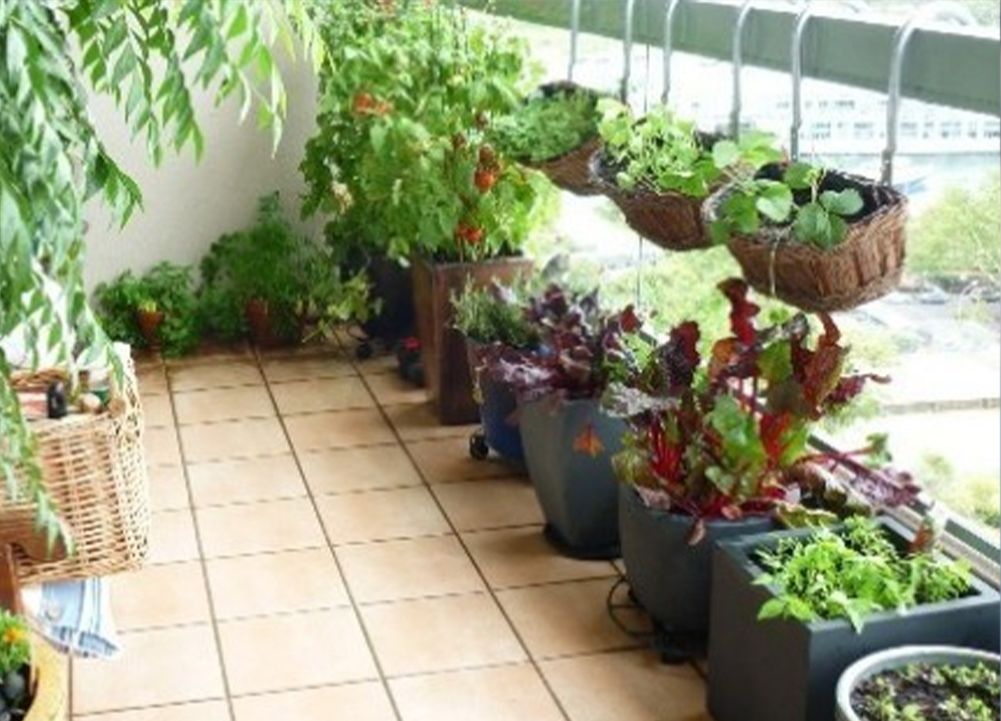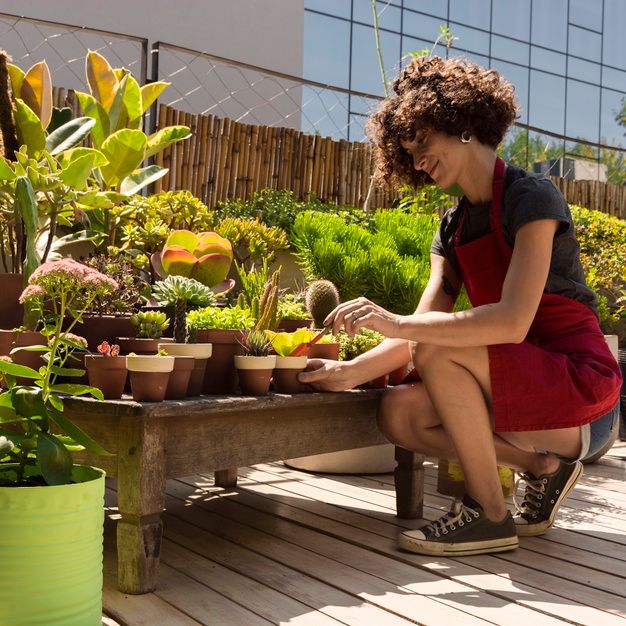Gardening has been prevalent since time immemorial. Residences were supposed to have adjacent gardens with colorful plants and herbs. Sometimes, spices and vegetables were also grown in these gardens. Those were, in turn, used for culinary purposes.
The concept of kitchen garden was derived from this very culture. It has now evolved into a commonly practiced idea and is not only sustainable but also appealing. Have you been planning on setting up a kitchen garden? Here’s how to go about it!
What is Kitchen Garden?
A kitchen garden refers to a small-scale garden, inside the premises of a house, that focuses on growing herbs, fruits, and vegetables. The grown items would be utilized by the inhabitants of the house only or certain other people related to them at the most.
There’s nothing more satisfying than plucking something from your garden and eating it than running to the market every now and then to buy the required products. Everything is usually grown from seeds found in the kitchen and the compost is made using kitchen wastes.
Recommended Read: Add Low Carb Grains To Your Diet
Where to Set Up a Kitchen Garden?
Given that a kitchen garden can be as small as a bunch of plants in a balcony or a window sill, it’s no big deal to set up one. You can have a bit of greenery even if you are living in the city, a balcony or even a window sill is all the space that you need.
If you have a big property, you can have a separate space for your garden. The best part about a small kitchen garden? Desired results with minimum effort.
 Kitchen Garden Guide
Kitchen Garden GuideSetting up a Kitchen Garden in India: How to Proceed?
The initial investment, in terms of time, energy and resources, has to be done properly to make your kitchen garden an efficient one. Here are a few steps for you to emulate:
1. Managing Space
A garden can thrive even in a small space if it’s managed effectively. Make sure to use pots or containers that can fill in ample quantities of soil and not look bulky either. Try using plant trays or even recycled bottles, boxes, etc.
Reusing old items would just increase their utility into creating something new and sustainable. Moreover, the containers should have tiny holes for air passage and draining out excess water.
2. Taking Care of the Essentials
- Seeds: The seeds can either be bought from local gardening shops or supplied from the kitchen itself. Seeds of mustard, peas, and fenugreek are some examples.
- Sunlight: Plants need a few basic requirements to grow. The garden should be set up in a space that gets ample sunlight. Plants shouldn’t bend in one particular direction, that is the direction of the sunlight. Turning the plants around and changing their positions, frequently, is important.
- Soil: The soil used should have equal parts of regular soil and compost. Use kitchen wastes like peels of fruits and vegetables, eggshells, etc, to create compost. Thus, the wastes produced from the kitchen garden would be used for the garden itself.
- Water: Needless to mention, watering the plants regularly is mandatory, depending on their nature. There are some plants that do not need to be watered frequently while some need moisture after short durations.
It is better to choose plants that do not need too much water. It’s crucial to prevent overwatering of the plants since that would make the soil soggy and slippery, hampering growth.
- Air: While looking out for sunlight, it is equally vital to select a place that has good ventilation. Opting for a dull, enclosed space is not advisable for sustaining plant life. A terrace or balcony would work fine.
Plants and Herbs that Can be Grown by Kitchen Gardening
 Kitchen Garden Guide
Kitchen Garden Guide- Chili
- Lemongrass
- Spinach
- Coriander
- Tomato
- Cabbage
- Peas
- Lemon
- Basil
- Beans
Advantages of Kitchen Gardening
Here are the advantages of kitchen gardening:
The entire purpose of having a kitchen garden is to reduce the cost of buying necessary fruits, vegetables, spices, and herbs from the market. The minimum cost required for maintaining a garden is quite affordable.
The products that are grown at home are organic and healthy, unlike those that are sold outside. Pesticides and weedicides are not used at home and the entire process is extremely organized and hygienic.
You don’t have to worry about the huge amount of wastes produced in the kitchen, regularly. The generated waste is used for making compost for the garden itself.
Kitchen gardening is not just an economic and organic way of growing plants but it also makes your house look beautiful. It adds vibrancy and color.
 Kitchen Garden Guide
Kitchen Garden GuideThe presence of plants indoors results in no unpleasant odor throughout the day. It’s going to make you feel fresh and rejuvenated.
The air that you breathe becomes better and less polluted, given that plants produce oxygen and absorb all the carbon dioxide. Studies show that kitchen gardening is associated with reducing the chances of ailments.
Conclusion
With all kinds of impurities invading the markets in recent times, a kitchen garden is the only option that one can completely depend on. Growing the required products at home is the most convenient and responsible way of taking care of one’s individual needs.
It might be argued that if the focus shifts entirely towards kitchen gardening, the economy would topple. However, the point is to do the same only as far as small-scale production is concerned. Large-scale, commercial production should remain market-dominated.
We’ve highlighted all the important factors related to kitchen gardening. Could we inspire you enough to be able to consider setting up one? We hope we could. What are you waiting for?
Gather all the necessary things and begin to prep for your very own, sustainable kitchen garden.
Also, read: Nutritional Foods To Keep Your Eyes Healthy

